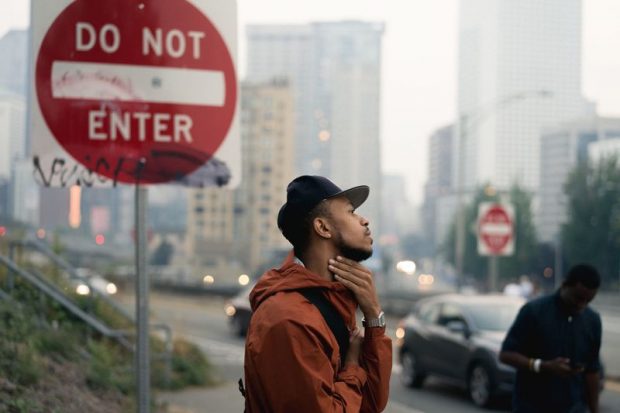Fascination About Framing Streets
Getting My Framing Streets To Work
Table of ContentsFacts About Framing Streets RevealedSome Known Facts About Framing Streets.6 Simple Techniques For Framing StreetsIndicators on Framing Streets You Should KnowSee This Report on Framing StreetsFraming Streets - The Facts
, normally with the aim of catching pictures at a definitive or touching moment by mindful framing and timing. https://www.openlearning.com/u/davidturley-s71apy/.
Subsequently his boots and legs were well defined, but he lacks body or head, due to the fact that these remained in motion." Charles Ngre, waterseller Charles Ngre. https://www.youmagine.com/framingstreets1/designs was the initial digital photographer to obtain the technical class needed to sign up people in activity on the road in Paris in 1851. Professional Photographer John Thomson, a Scotsman collaborating with journalist and social lobbyist Adolphe Smith, published Street Life in London in twelve monthly installments starting in February 1877
Not known Details About Framing Streets
Eugene Atget is considered a progenitor, not due to the fact that he was the initial of his kind, but as an outcome of the popularisation in the late 1920s of his record of Parisian streets by Berenice Abbott, who was motivated to undertake a similar documents of New york city City. [] As the city created, Atget aided to advertise Parisian roads as a worthwhile subject for photography.

Fascination About Framing Streets
Martin is the initial tape-recorded photographer to do so in London with a disguised electronic camera. Mass-Observation was a social research organisation established in 1937 which intended to tape-record daily life in Britain and to record the responses of the 'man-in-the-street' to King Edward VIII's abdication in 1936 to wed divorce Wallis Simpson, and the succession of George VI. The chief Mass-Observationists were anthropologist Tom Harrisson in Bolton and poet Charles Madge in London, and their very first record was generated as the publication "May the Twelfth: Mass-Observation Day-Surveys 1937 by over 2 hundred observers" [] Window cleaner at Kottbusser Tor, Berlin, by Elsa Thiemann c. 1946 The post-war French Humanist College professional photographers located their subjects on the street or in the restaurant. Andre Kertesz.'s widely admired Images la Sauvette (1952) (the English-language version was labelled The Crucial Minute) advertised the idea of taking a photo at what he called the "decisive moment"; "when form and content, vision and composition merged right into a transcendent whole" - Street photography hashtags.
Framing Streets - Questions
The recording maker was 'a surprise cam', a 35 mm Contax concealed underneath his coat, that was 'strapped to the upper body and linked to a lengthy cable strung down the right sleeve'. Nonetheless, his work had little contemporary this hyperlink effect as due to Evans' level of sensitivities regarding the creativity of his project and the personal privacy of his subjects, it was not released until 1966, in guide Lots of Are Called, with an introduction created by James Agee in 1940.
Helen Levitt, after that an instructor of children, connected with Evans in 193839. She recorded the temporal chalk illustrations - Best Zoom Lens that were part of kids's road culture in New york city at the time, as well as the youngsters who made them. In July 1939, Mo, MA's new digital photography area included Levitt's job in its inaugural exhibitRobert Frank's 1958 book,, was substantial; raw and typically out of emphasis, Frank's images questioned conventional photography of the time, "tested all the official policies set by Henri Cartier-Bresson and Pedestrian Evans" and "contradicted the wholesome pictorialism and sincere photojournalism of American magazines like LIFE and Time".